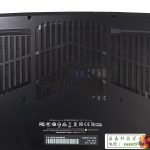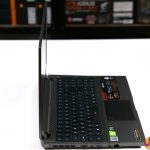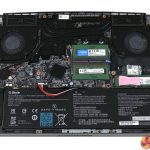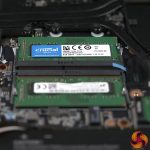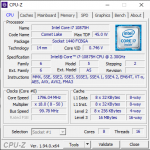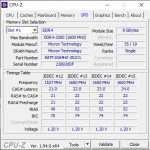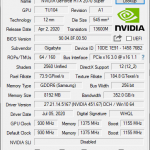We reviewed the Gigabyte Aero 15-X9 last year and while we liked that laptop well enough we advised you to wait until the Intel CPU was upgraded. In our video we put the Aorus 15G side-by-side with the Aero 15-X9 and show the two laptops use the same chassis and internal layout so to our way of thinking the Aorus 15G is the 2020 upgrade we were anticipating way back when.
Gigabyte has made some significant changes with the Aorus 15G, including a 10th Gen Intel CPU, dual channel DDR4 memory, a Super version of Nvidia graphics, a 240Hz screen panel and a change of SSD brand from Intel to Samsung. That’s a long list but Gigabyte has topped that off by claiming the Aorus 15G is the ‘World’s Thinnest and Lightest Laptop with a Mechanical Keyboard.’
Perhaps the most impressive aspect of the keyboard is the use of Omron switches with a mere 2.5mm of travel means the keyboard looks very similar to a regular membrane keyboard. As we demonstrate in our video the key action makes a pleasant, light clicking sound and you will simply have to take our word for it that the action feels superb. The keyboard has per-key RGB backlighting with a total of 19 lighting effects that look good however we found this feature to be somewhat unnecessary.
Inside the laptop we have the latest 10th Gen Intel Core i7-10875H. This model has eight cores and 16 threads and while it has a nominal 45W TDP we noted that PL2 power ramps up to 80W and then drops back to PL1 which is set at 52W. CPU base speed is 2.3GHz but the CPU runs at 3.1GHz on all cores in Blender and 3.2GHz in Cinebench R20, which are very useful speeds in a laptop. More impressively, single core boost is a mighty 4.9GHz so you get instant response in lightly threaded workloads.
On the graphics side of things we have an Nvidia RTX 2070 Super chip with 8GB of GDDR6 memory. The Super version has a handy 11 percent boost in the number of CUDA cores compared to the original RTX 2070 and that gives a useful lift to performance. The CPU and GPU are backed up by 16GB of dual channel Crucial DDR4-3200MHz and a 512GB Samsung PM981a SSD.
 KitGuru KitGuru.net – Tech News | Hardware News | Hardware Reviews | IOS | Mobile | Gaming | Graphics Cards
KitGuru KitGuru.net – Tech News | Hardware News | Hardware Reviews | IOS | Mobile | Gaming | Graphics Cards


